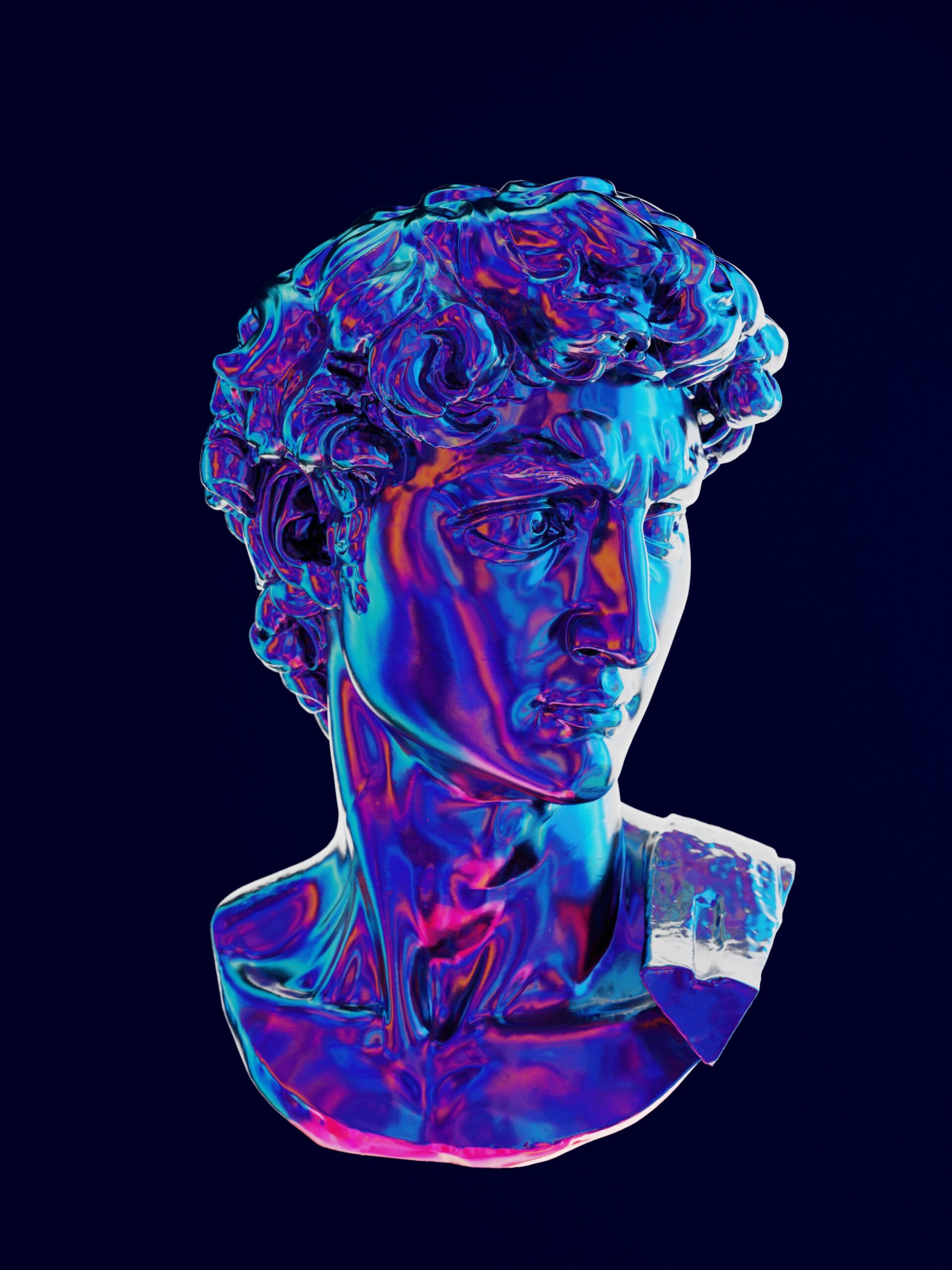Introduction
Digital art has revolutionized the way we experience and interact with art. With the rise of digital platforms, art galleries have also evolved, moving beyond traditional physical spaces to create immersive and interactive experiences for art enthusiasts. In this blog post, we will explore some of the UI/UX innovations that are elevating digital art galleries and enhancing the way we explore and engage with creative works.
1. Virtual Reality (VR) Exhibitions
Virtual Reality has opened up new possibilities for art galleries by offering immersive experiences that transcend physical limitations. VR exhibitions allow users to explore artworks in a virtual environment, providing a sense of presence and interactivity. Users can navigate through virtual galleries, zoom in on artworks, and even interact with certain elements. This technology enables art lovers to experience exhibitions from anywhere in the world, breaking down geographical barriers and making art accessible to a wider audience.
2. Augmented Reality (AR) Enhancements
Augmented Reality has emerged as another exciting technology for digital art galleries. AR enhances the real-world environment by overlaying digital content, such as 3D models or animations, onto physical spaces. With AR, visitors can use their smartphones or tablets to view artworks come to life, providing a unique and interactive experience. This technology allows for a seamless integration of digital art into the physical world, blurring the boundaries between the two.
3. Interactive Touchscreens
Interactive touchscreens have become a staple in many digital art galleries, offering a more engaging and interactive way to explore artworks. These touchscreens allow visitors to browse through collections, access additional information about the artworks, and even participate in interactive activities related to the art. By incorporating touchscreens, galleries can provide a more personalized and interactive experience, empowering visitors to engage with the art in their own way.
4. Personalized Recommendations
Personalized recommendations have become a common feature in many digital platforms, including art galleries. By leveraging user data and preferences, galleries can offer tailored recommendations based on individual interests and previous interactions. This not only helps visitors discover new artworks but also enhances their overall experience by providing relevant and curated content. Personalized recommendations create a more personalized and immersive journey through the digital art gallery.
5. Gamification Elements
Gamification elements have proven to be effective in enhancing user engagement and motivation. Digital art galleries are incorporating gamification elements, such as challenges, quizzes, and rewards, to make the exploration of art more interactive and fun. By adding game-like elements, galleries can encourage visitors to explore more artworks, learn about different artists, and even compete with others. Gamification elements add an element of excitement and interactivity to the digital art gallery experience.
Conclusion
As digital art continues to evolve, so do the ways in which we engage with it. UI/UX innovations in digital art galleries are transforming the way we explore and experience art, making it more accessible, immersive, and interactive. Virtual Reality, Augmented Reality, interactive touchscreens, personalized recommendations, and gamification elements are just a few examples of how technology is elevating digital art galleries. These innovations not only enhance the user experience but also open up new possibilities for artists to showcase their work and connect with a global audience. With continued advancements in UI/UX, the future of digital art galleries looks promising, offering endless opportunities for creative exploration.



Leave a Reply